
Volvo XC90 long-term test
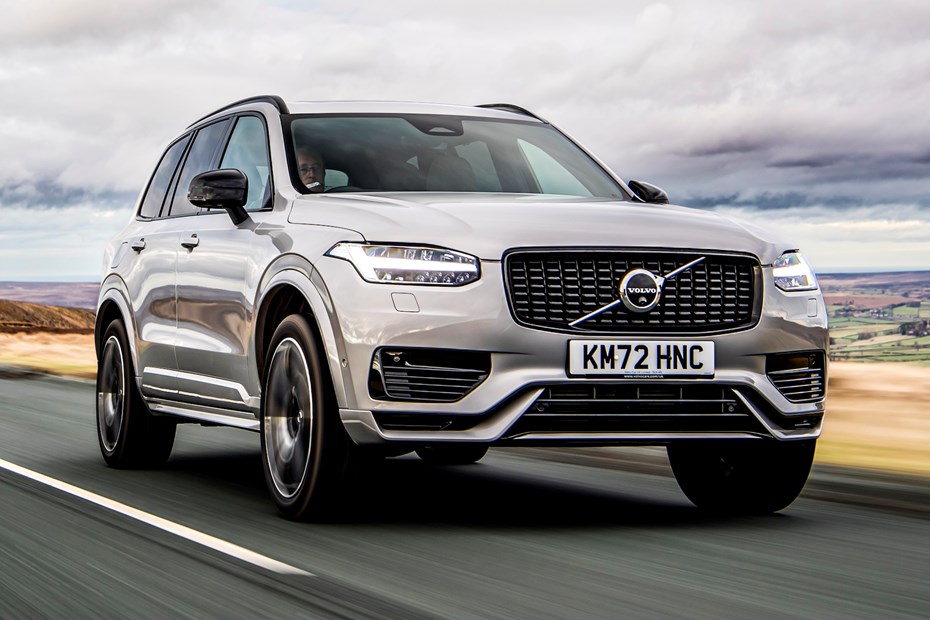
Murray Scullion on living with a seven-seat plug-in hybrid SUV for six months. This review is broken down into six chapters – use the links below to navigate between them if you don’t fancy reading the whole article.
Update 1: Welcome
Update 2: Performance and handling
Update 3: Comfort and interior
Update 4: Practicality
Update 5: Head to head with the Range Rover Sport PHEV
Update 6: Would I buy one?
Update 1: Welcome
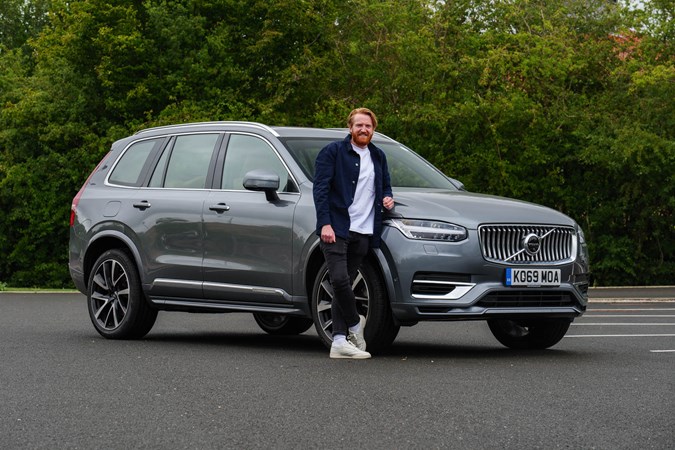
Well would you look at what we have here. The Volvo XC90 T8 Twin Engine Inscription Pro. A car fit for ferrying little Hugo and Imogen from home to school and back again, via Waitrose, yoga, and a spot of lunch.
A brief introduction to the XC90: it’s Volvo’s largest SUV, and it’s a looker too. It’s bold front end and elegantly detailed lines are a real subtlety for this end of the market, which are usually gaudier than a Richard Mille timepiece.
It’s a seven-seater, which means its main opponents for your hard earned monthly payments are the Land Rover Discovery, Range Rover Sport, Mercedes-Benz GLB and BMW X7.
The T8 in its name denotes that it’s a plug-in hybrid. That means there’s a 2.0-litre turbocharged and supercharged petrol engine making a healthy 303hp. Plus, there’s an electric motor that delivers an additional 87hp – bringing total output to 390hp. This means when in full on power mode, this seven-seat 2.3 tonne SUV can burn the 0-62mph sprint in less than six seconds. Or for a bit of context, faster than the Hyundai i30 N Performance hot-hatchback.
On the flip side, it officially claims to cover between 23.6 and 26.7 miles using pure electric power.
Suits you sir
I love the spec of our car – an Inscription Pro. Volvo’s trim levels work slightly differently to other companies. For this T8 model, you can pick R-Design, R-Design Pro, Inscription, or Inscription Pro. R-Design is supposed to be sportier, so it gets bigger wheels and paddles behind the steering wheel to change gears with.
Inscription is supposed to be based around comfort and luxury. While the Pro derivations for both add more kit.
Personally, I feel R-Design models make you look a bit too much like a Premiership footballer, and i’d be pretty happy to suggest many other Volvo drivers feel the same.
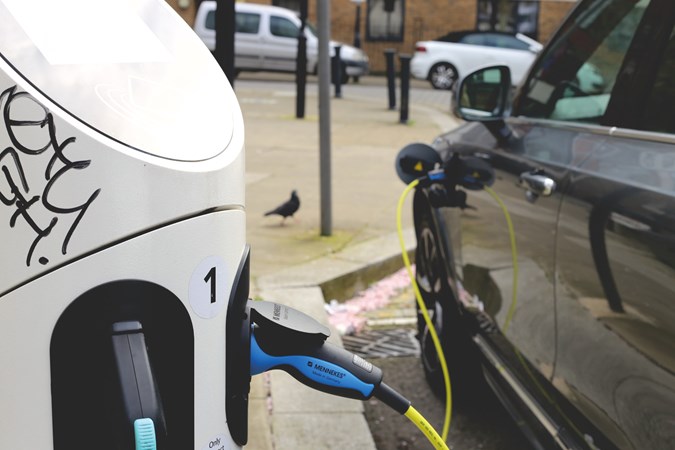
Highlights of our trim include:
Plus, we went with the additional Bowers and Wilkins stereo, a 360 degree view camera, panoramic sunroof, and an intellisafe surround system that incorporates lots of cruise control and semi-autonomous driving bits.
All good, right?
Yes, seemingly so. Plug-in hybrids appear to allow drivers to have their cake and eat it by giving them a powerful car, with the option of driving shortish journeys while producing zero emissions from the car’s tailpipes.
I’ve been building up to a but for the last 200 words. But there are actually several buts.
The first of which, is seeing what the MPG is like. Officially, it’s an outrageous 113mpg. To be fair to Volvo, all PHEVs get fairly silly scores. But i’m keen to see what mine is like, especially as I drive a lot of motorway miles.
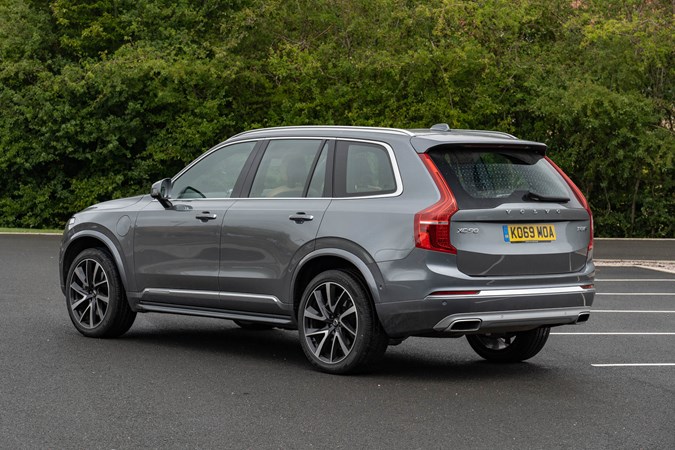
Another but, is about the power. Yes, 390hp is an awful lot. But plug-in hybrids have a habit of never feeling all that fast. Can the Volvo be a serious contender in the fast-SUV scene?
The final but is the price. There’s no getting round this. The list price of our car here is £77,000. No matter how you justify that, it’s an awful lot of money. That’s only £10,000 below a Range Rover, which is a completely different kettle of fish. Or another way of looking at it – it’s around £20,000 more than a similarly specced Land Rover Discovery Sport.
Update 2: Performance and handling
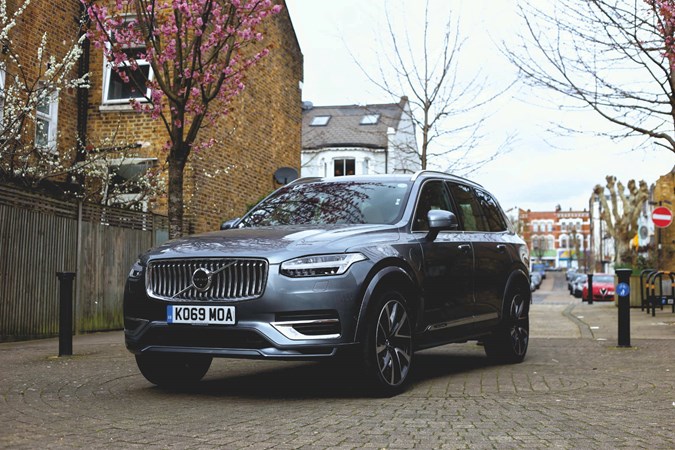
Let’s kick things off with propulsion. As mentioned, total output is 390hp. This is absolutely plenty to be getting on with.
Helpfully, the Volvo has five different driving modes that measure out that power.
Hybrid
Volvo says: The XC90’s brain optimises the 2.0-litre engine and any electrical power for the best MPG. Cleverly, the car hunkers down at higher speeds to reduce wind resistance in order to improve MPG.
Murray says: No complaints here. This is what I want to do for the majority of my trips, although it flicks the internal combustion engine on quite readily.
Power
Volvo says: This mode delivers maximum power to all four wheels with a combination of electric and petrol power. Gearchanges become faster, and steering becomes heavier and faster. The suspension also firms up, in a bid to eradicate bodyroll.
Murray says: Great name, simple message. It really shifts in this mode. From a standing start, you can feel the weight of the car hunker down and really get off the line. Volvo reckons 0-62mph time of 5.8 seconds is achievable – and I reckon it’s about right. Bodyroll, unsurprisingly for a 2.3-tonne SUV, is still felt.
Pure
Volvo says: This maximises the battery mode, and is only available when the battery has enough charge in it. The petrol engine will start if the battery is too low, or, speed exceeds 78mph, or if the driver requires more power than the drive can provide.
Murray says: Basically, it tells the brain to use the battery. So this is the one if you only want to use electrical power. Great for urban journeys. Use a smooth right foot though, because the petrol engine isn’t afraid to kick in.
All-wheel drive
Volvo says: Locks the car in all-wheel drive for stability and roadholding. Examples of when to use it are on slippery road surfaces, or when towing. Internal combustion engine and electric motor can be engaged, although it can be used when the battery is empty.
Murray says: I would imagine that less than 10% of XC90 owners will ever need this button. I used it once in a muddy field and it behaved adequately. Quite fun to feel the suspension rise.
What’s it like?
The takeaway from that little ditty is that unlike with some cars, these drive modes really make a difference and are palpably different to one another.
But back to the way it drives. When the battery and petrol engine work together the Volvo feels properly fast.
The ways in which you feel the thump in the back of acceleration are most felt in two scenarios.
The first is at the lights. Sometimes you want to get away from a set of lights quickly because you’re in a rush, or hey, maybe you’re in the wrong lane and you need to cut someone up. I’m not judging you. The XC90 is brilliant off the line. So you’ll be fine.
The second is overtaking. On the motorway 60mph to 70mph is effortless. The automatic gearbox just changes smoothly and you make your way. While on tight B roads zero planning is needed to get ahead of a slow moving Honda Jazz or Vauxhall Zafira. See gap, bury right foot, watch driver with panama hat on the rear parcel shelf doing 35mph disappear.
Throttle response is really much sharper than I thought it’d be. What this means is that you barely need to floor the throttle to really get moving.
Word of warning that i’ll touch on more later – going on quick blats down the motorway without the benefit of having a charged battery will result in MPG in the twenties.
What about the handling?
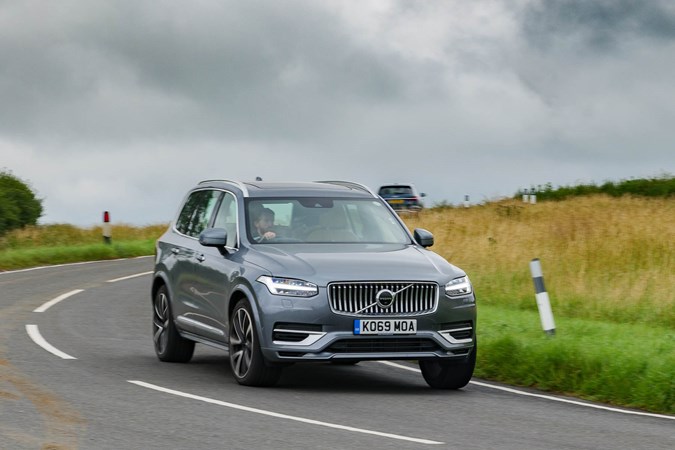
The driving modes do make a great deal of difference in the handling. Stick it in power and it feels much harder. Flick it into a set of bends you know well and it grips well. Feedback isn’t all that as the steering is pretty light. It’s not as fun to drive as a super-SUV like a Porsche Cayenne, but it really is excellent for a big and safe seven-seater.
In regular driving modes it’s not as firm, so there’s a bit more bodyroll. The benefit of this is that it’s much softer and more comfortable.
At motorway speeds it’s softer than an one of those annoyingly out of focus Instagram filters from the mid 2010s. The road needs to be pretty poor to be put off its stride. Big potholes in 20mph zones however, do cause reverberations through your bum and wrists. A full-fat Range Rover rides better at slow speeds.
During the first two months of being behind the helm of the Volvo, I can’t help but feel impressed with how it deals with most situations. I’m really enjoying driving it. It’s certainly fast enough for any situation I could imagine, and it’s comfortable enough for people who spend serious amounts of time commuting.
Generally my commute is about an hour and a half of mainly motorway driving, and the Volvo is a delight. Especially because of its suite of semi-autonomous driving bits.
Update 3: Comfort and interior
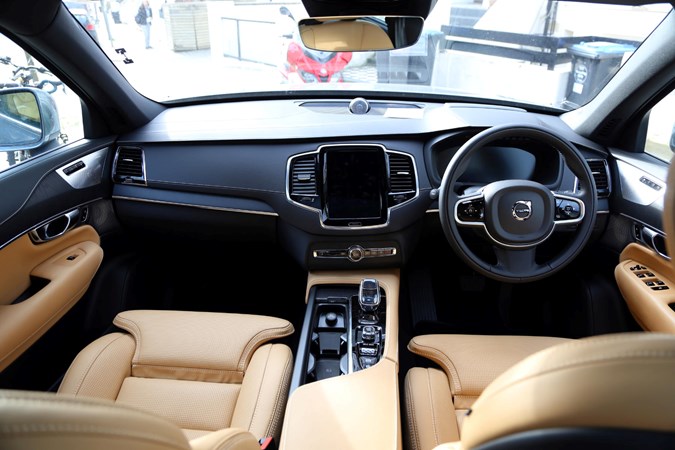
My commute is pretty hefty. Or it was. I haven’t been doing it lately because, well you know. Nevertheless, I regularly drive three hours in a day.
Let’s just get this out of the way. The XC90 is a delicious place to spend time. If I have a good podcast to listen to, I actually look forward to a serene drive in the Volvo.
My own, leather-lined, air-conditioned, semi-autonomous, silent (well for twenty miles or so anyway) two-and-a-bit-tonne Swedish tank is the perfect way to deal with the A1.
I’m really extending the point here, but the XC90 is hugely comfortable. Let’s start off with the way it rides. That fancy air suspension in its softest setting, really does feel like it just skims across the road surface, never quite delving deep enough into a rut to throw you off course. It’s also superbly quiet. Obviously, when you’re in electric only mode, it’s basically silent, but even at 80mph with the battery depleted very few noises make their way into the cabin.
Admittedly, there are some provisos to my gushing. The main one is that at slower speeds, big bumps are enough to put the car off it’s stride. The largest potholes and speedbumps in London are enough to make me slow down considerably. I put this down to the weight. At these slow speeds, the clever suspension still can’t bend physics. This is really nitpicking though.
The interior itself is lush. There’s a wealth of soft-touch plastics, and all of the fixtures and fittings fit together as well as any Audi or BMW. The front seats are massive and nigh-on endlessly adjustable. The beige interior with the panoramic sunroof combo makes it seem like there’s even more room than there really is. Admittedly, the XC90 is 2.0 metres wide, so you’d expect there to be ample elbow room.
One mild annoyance – the housing behind the rear view mirror hosts all kinds of electronic gubbins associated with such an expensive car. The downside to this is that this black box is pretty big, and it gets right in the way of traffic lights. You really need to lean forward to get a good view and ensure that you pull away from lights in due time.
Oh. One more thing. Are you a fan of over engineering? I am. And I love the Volvo’s glovebox. It’s opened via a button on the centre console. It’s fantastically needless and makes a solid and satisfying mechanical sound.
Mixed signals infotainment
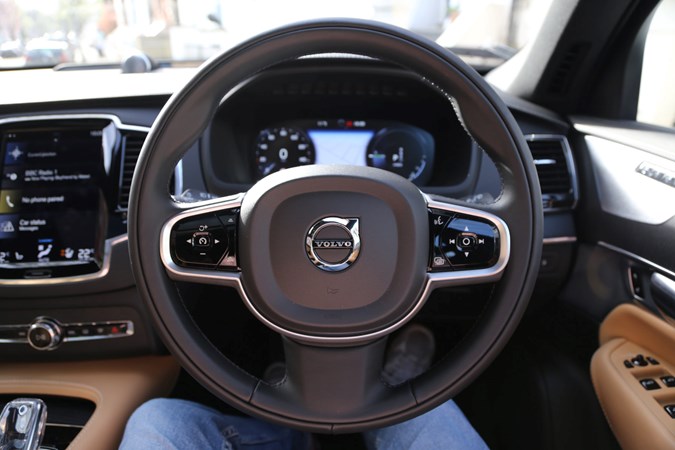
The 9.0- inch portrait style infotainment screen is hard to miss. It’s not as flash as the one you get in a Tesla. Neither is it as good as Audi’s dual screen set up. There’s nothing particularly wrong with it – but it just feels a bit outdated for a £70k car.
One annoyance is the integration of Apple CarPlay. I use it a lot because I like Waze to get me round traffic jams, although, Volvo’s integrated sat nav is also very good.
I digress. Because of the screen’s portrait style, only around 50% of it is dedicated to Apple CarPlay. It’s annoying when you have this massive screen, and can only dedicate half of it to the thing you actually want to pay attention to.
While we’re on one, let’s discuss climate control. These crucial settings are not on a dedicated button or dial. They’re controlled by the car’s touchscreen. Once you’re used to it, it’s fine. But certainly for the first few weeks, it takes some getting used to.
On the move, it requires swiping up or down to change the temperature. It’s just nowhere near as easy to use as a physical dial. The heated steering wheel, and cooled/heated seats are also on this infotainment screen. These are easier to control as they’re touches rather than swipes – three clicks for the hottest/coldest, then a click to take it down a setting.
What’s it like for passengers?
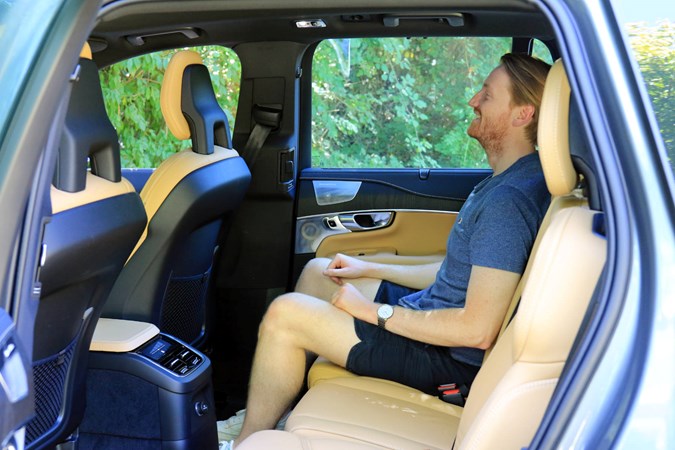
In short, it’s big and comfy. How comfy? My partner recently described the XC90 as ‘the easiest car to fall asleep in.’ (Does she often fall asleep in your company? – Ed)
Front seat passengers have enough room to swing a cat. While the middle-row will easily seat three six footers. Comfortably too. Plus they get their own air conditioning settings.
The rear two seats are best reserved for short journeys or children. I’m 5 foot 8 and I fit pretty comfortably. But I wouldn’t fancy a trip from London to Edinurgh in the back of there.
All five rear seats fold down individually. This is immensely practical. Easy to use too. Just pull a tab and the second row folds. Pull another tab and the rearmost seats are up. We promise, if you regularly use all seven seats the lack of faffing will add years to your life.
All passengers have access to cupholders – and there’s even a little easter egg in the rearmost seats. Underneath the armrest storage bin is a happy little spider. One to keep the kids entertained, assuming they’re not scared of spiders.
Update 4: Practicality
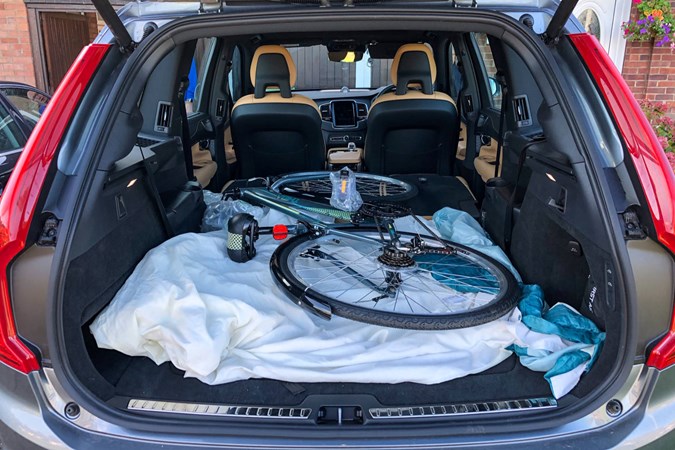
Spoiler alert: a two-tonne seven-seat SUV that’s 2140mm wide (including mirrors) and 4953mm long is pretty practical. Just look at the picture above – the (admittedly 16-inch frame) bike looks like a toy slung into a toybox.
The boot is enormous then. Stat fans, take note:
Volvo XC90 boot sizes:
All seven seats up: 397 litres
Five seats up: 775 litres
Two seats up: 1,951 litres
A huge amount of space. Especially as our long-termer is a plug-in hybrid, packed to the rafters with electronic gubbins. To give that a little context, another posh plug-in off-roader, the Range Rover Sport, has to jettison its sixth and seventh seats in order to make way for the batteries…
Our model also has Volvo’s hands-free boot opening device. You kick your foot underneath the bumper, with your key on you, and the boot should open. It’s supposed to make putting things in the boot easier when your hands are full. And it does – when it works. For me, it just seems to be so hit and miss.
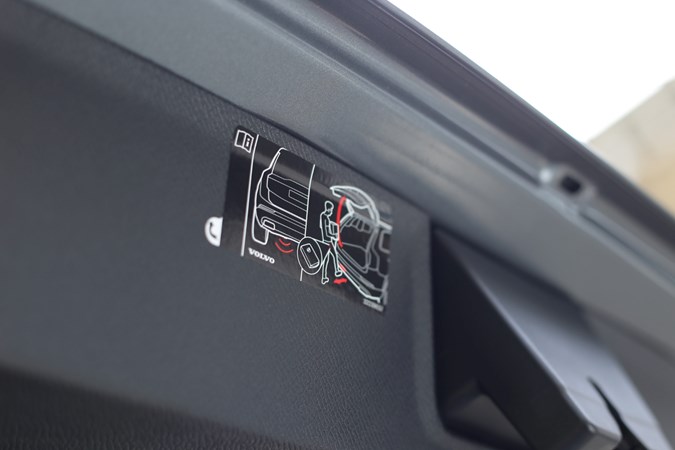
If you’re this far down a long-term report we bet you’re pretty serious about an XC90 as your next car. And if you’re seriously considering a seven-seater SUV, we bet you probably have kids, buggies, and humongous Waitrose orders associated with child rearing.
I have none of those things. But I have friends without cars who often want stuff picking up, dropping off, and generally driven around. And I have also recently taken up golf.
I’m like totes really bad at it. But. With the XC90 I was amazed with just how easy everything becomes. I loaded three of us, including bags and clubs in the XC90 without needing to re-arrange anything. Sling everything in the back. Put into drive. Waft in silence to the golf club. This is at odds with my friend who has a Hyundai i10 and needs to fold down the rear seats in order to actually get his golf clubs in the car.
Parking
The last 350 words or so have let you know that the Volvo is practical because it’s bloody huge. This of course raises the subject of parking.
The view out is pretty good, but the Volvo’s ease of parking is earned through its tech. First up, our car has a 360 degree view camera. This uses a few cameras dotted around the car to give you a bird’s eye view of the car. It gives you a perception that you wouldn’t normally get, which gives you the edge in tight situations. This is of course in addition to the usual rear-view camera.
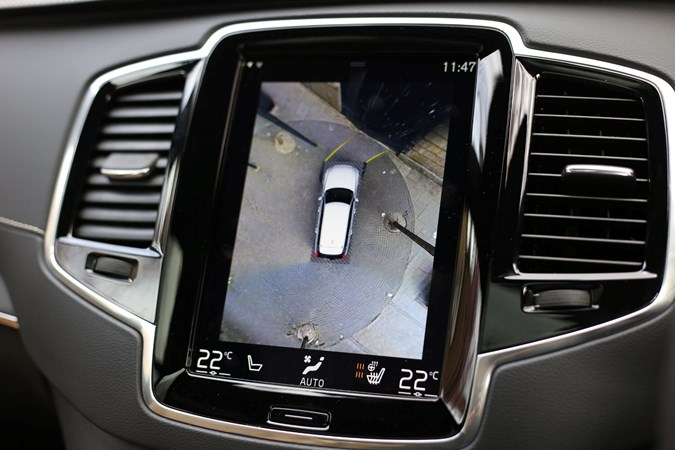
As part of Volvo’s autonomous tech, it also has an automatic parking function. Many systems (oddly including the Volvo XC40’s) are flummoxed by my tight street with high curbs, but the XC90 regularly finds a space and parallel parks into it neatly, even at night.
Triggering autonomous parking can be a bit of a faff. Swipe left on the screen until you find the right option, tell it what side you want to go to, follow the instructions on screen, pull forward slowly…it’s definitely quicker to do it yourself. But watching the steering wheel move by itself as it glides into a parking space is still like witchcraft to me.
Update 5: Head-to-head with the Range Rover Sport
TL;DR – very evenly matched, suspiciously so perhaps. Volvo is comfier, Range Rover is quicker. I’d choose the Volvo.
Over the last six months the XC90 has lapped up everything I could throw at it. Silent, fully-electric trips to the shop? Easy. Schleps to the seaside in supreme comfort? A piece of cake. Sitting unused for two months during lockdown? Yep, did that fine.
So I thought that I would inject some peril into the XC90’s life by comparing it with a direct competitor.
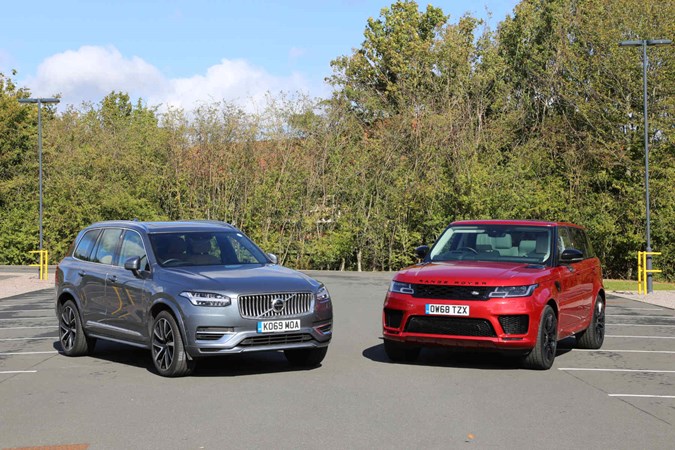
Admittedly, this is easier said than done. The XC90 covers so many bases (SUV, seven-seater, plug-in hybrid) that there are lots of cars that can call themselves rivals.
I went ahead and picked another luxurious plug-in hybrid SUV in the form of the opulent Range Rover Sport.
Styling
Both cars are huge. The Range Rover is 4,882mm long and 2,019mm wide. The Volvo is similar, but a bit wider. Considering the epic proportions, both cars are handsome.
Being square SUVS, a fair comparison is in the architectural style of Brutalism, which focuses on huge buildings with geometric styling.
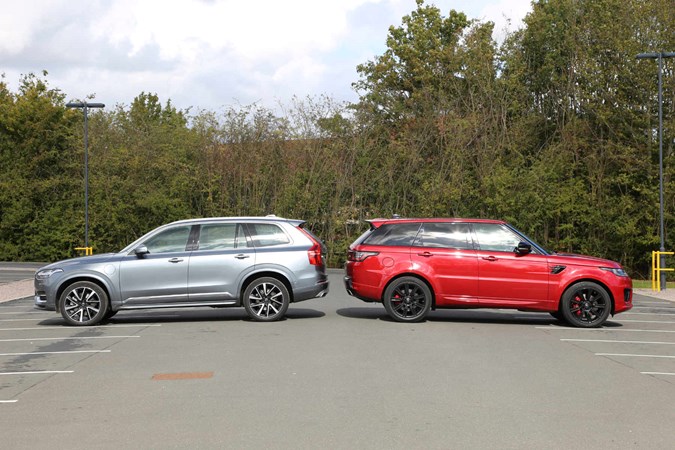
Where they mostly differ is in the detail. As you can tell by the name, the Sport looks, erm, sportier. Pumped up bulges, a rear spoiler, (fake) air vents, and black alloys help it look lower, meaner, and generally a bit more menacing than the Volvo.
The XC90 is a much less shouty way of travelling. Subtle looks and deft design strokes are its forte.
When sat next to each other this is especially abundant. But in the general day to day, even the Volvo looks a bit like the car of choice of a Colombian nose powder dealer.
Interior
Step inside the driver’s seat of the Range Rover and the first thing you’ll notice are the two large screens. The top one deals with the infotainment – while the bottom deals with the seats/heating/air-con.
This is a much better system than the Volvo’s. The bottom screen of the Range Rover is customisable and changes depending on which buttons you prod. And there are physical buttons for the heating controls, which the Volvo doesn’t have.
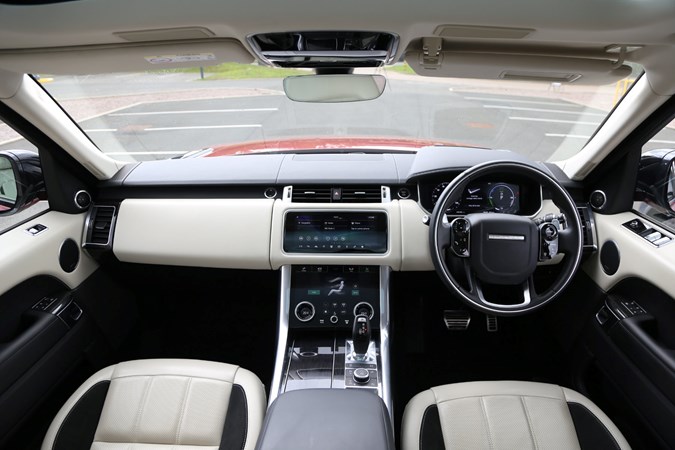
They’re both lovely places to spend long periods of time. Both hugely comfortable, although the Volvo’s driver’s seat feels bigger and softer.
Rear seats are ample and comfy. The Range Rover does have rear screens back here – with HDMI output. Theoretically, the kids could plug in a PlayStation or Xbox.
Practicality
Big elephant in the room here – the Range Rover is a five-seater. The battery and associated electrical gubbins to make it a plug-in hybrid means there’s no room for the sixth and seventh seats found in petrol and diesel Range Rover Sports.
The XC90, of course, has all seven-seats.
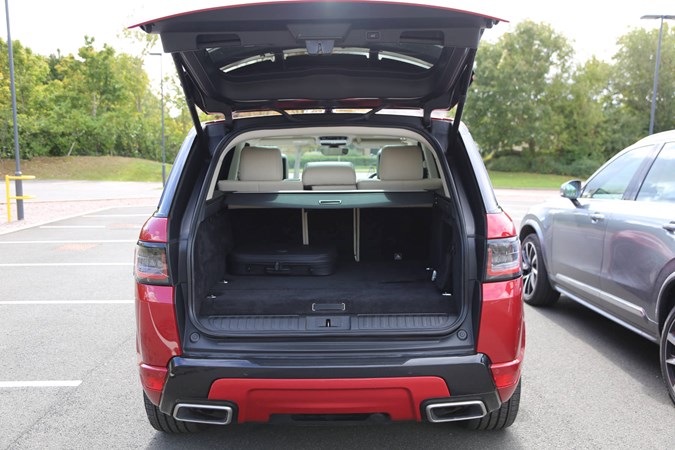
The Range Rover’s bootspace is also 79 litres less than petrol or diesel models. However, at 703 litres with the seats up (or 1,686 litres with them down) there’s still more than enough room for a family of four to go away for a week.
With five seats in place the Volvo’s seating capacity is 775 litres (or 1,951 litres with all five seats down).
Both boot openings are wide, while both cars can be lowered via their air suspension to aid getting in heavy items.
Driving
Driving is where things between the two really part way. The Range Rover’s total output is 404hp, so very similar to Volvo’s 390hp. It’s powered by a 2.0-litre turbo and supercharged petrol with an electric motor – just like the Volvo’s. 0-62mph times are both just under 6 seconds.
But the Range Rover feels more urgent. In Sport mode it funnels in some noise from the engine at an attempt to get you in a sporting frame of mind. Truth be told, the four-cylinder engine doesn’t exactly sing. But it’s a nice attempt.
In the corners there’s notably less lean in the Range Rover. Especially in tight corners and sweeping 60mph curves. This is helped by the seating position.The Range Rover’s is a lot lower, making it feel more car-like.
As somebody who’s put a lot of time in the XC90, I can say it’s just that bit softer and more comfortable. But there’s really not that much in it.
Let’s talk range. WLTP (in other words, officially) the Volvo can cover 28.6 miles on a charge. The Range Rover will officially cover 25 miles. In our testing, both are pretty unachievable. We reckon it’s just above 20 for both.
Finance
It’s important to remember that finance costs are forever changing. But, here’s how PCP deals shape up for the two…
Range Rover Sport P400e HSE Dynamic
Cash price: £76,070
Monthly cost £786.78 (x47)
Upfront £7,500 (including £5,000 deposit contribution)
Total payable £87,873.66
Mileage allowance 8,000
APR 5.9%
Volvo XC90 T8 Inscription Pro
Cash price: £71,945
Monthly cost £833.88 (x48)
Upfront £7,500 (including £4,000 deposit contribution)
Total payable £80,810.37
Mileage allowance 8,000
APR 4.9%
Hefty prices from both manufacturers here – but both very similar finance deals. The Range is less per month, while the Volvo works out some £7,000 cheaper if you’re in it for the long haul and buy it outright.
Both cars have been out for a while now. So if you’re in no rush, it’s worthwhile waiting a year or so and see if the prices come down. Manufacturers regularly drop in a 0% APR deal when they want to shift stock.
Verdict
Personally, I’d choose the Volvo over the Range Rover. The big Swede manages to feel nearly as luxurious without feeling too opulent or over the top. Parked on a residential street (especially in the red and black wheel combo) the ‘Rover seems like overkill.
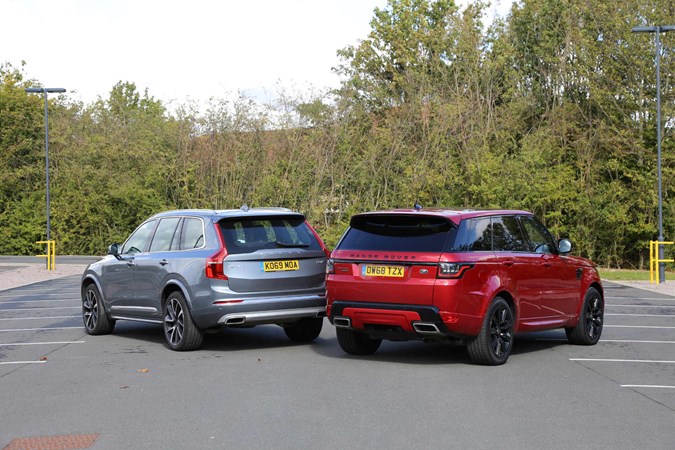
The Volvo is just that bit more practical and comfortable too. But the two are very evenly matched in every conceivable way.
But if you’re after a plug-in hybrid SUV, and driving characteristics are higher up on your list of priorities than practicality, you should choose the Range Rover. Just don’t let your kids bring any mates with them.
Update 6: Would I buy one?
The short answer is yes. The long answer is a bit more nuanced.
The XC90 is an exquisite car. Seven seats, a huge boot, will devour motorway miles in a Pac-Man-esque fashion. T8 version is monstrously quick too.
This added dimension taps into a part of my brain that people in marketing might refer to as the ‘surprise and delight’ cortex. I never grew bored of the shove from the 2.0-litre turbo/supercharged petrol and electric motor combo.
I’d recommend the adaptive suspension too. The XC90 is huge and heavy, and this clever box of tricks ensures that it’s always pliant and level, especially at 70-80mph.
On the flip side, driving around the city using pure electricity was a joy as well. Near silent, extremely smooth running, while knowing no nasties were coming out of the tailpipe.
At time of writing (November 2020) the XC90 is the only seven-seat plug-in hybrid SUV currently on sale in the UK, although more are on the way. So as niche as that is, if that’s something you truly want, Volvo has the market sewn up.
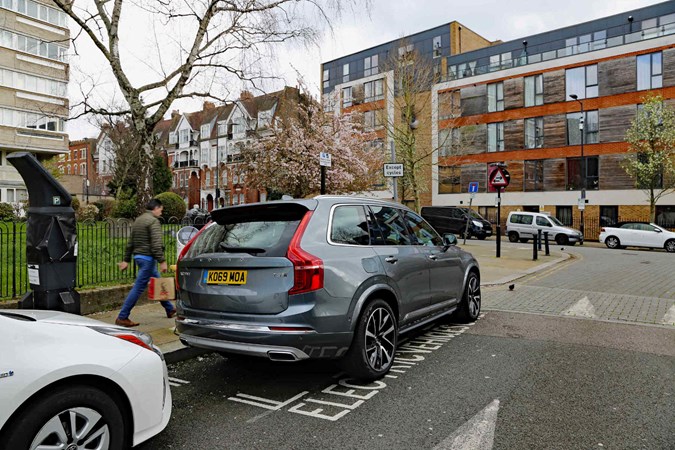
There’s a bit of a but
However. Using a more pragmatic part of my brain, I can’t help but feel most Volvo drivers would be better off with a diesel.
It’s cheaper for a start. Much cheaper. At time of writing Inscription Plus spec T8s start from £73,970 – or around £800 per month. The same car with the B5 diesel engine is £64,265 or around £700 per month. (Of course, using the same parameters of £10,000 deposit, 48-month contract, 10,000 miles per year)
I guess if you were in the market and had that kind of money, £100 per month might not seem like a lot. But over the course of a 48-month deal it’s nearly £5,000 – or a couple of really good family holidays.
The diesel isn’t as quick, or as quiet, and it won’t run on any electricity. But you also don’t need to charge it – plus it’ll realistically do between 35mpg and 40mpg. Whereas the T8 plug-in achieved an average of 32mpg over nearly 4,000 miles. This low score (official rating is 134.5mpg) can be attributed to my driving habits.
I rarely do a few miles here and there. When I drive, it tends to be for 70-or-so miles. Because the battery is only good for 20-or-so miles i’m usually driving along a motorway with a highly-stressed petrol engine powering a 2.5-tonne SUV with no charge in it.
On shorter journeys with a full charge, 70mpg is more than achievable.
You won’t be able to buy a new diesel car in 2030. So if you want a black-pump-powered XC90 you’ll have to act quickly, as the next XC90, due in 2022, will be fully electric.
If Volvo can turn it into a fully electric seven-seater with the same luxury and practicality, I reckon it’ll be the best around.



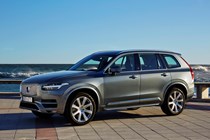
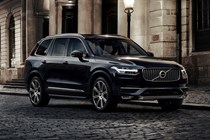
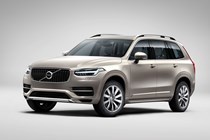
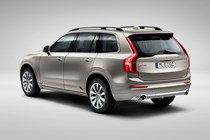
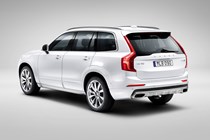
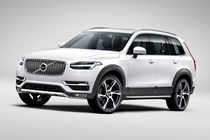
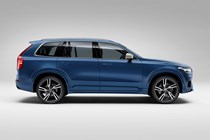
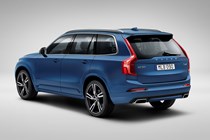
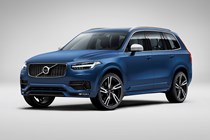
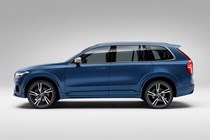
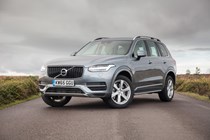
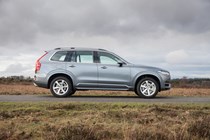
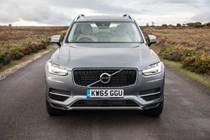
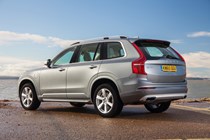
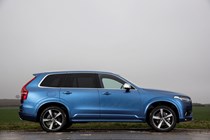
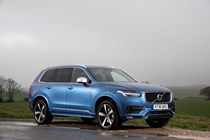
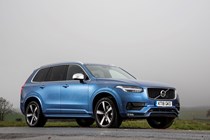
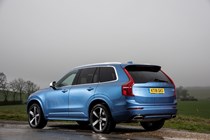

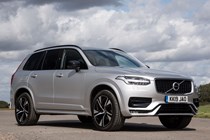
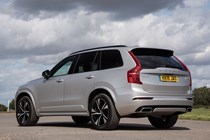
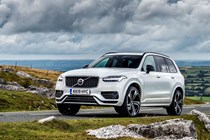
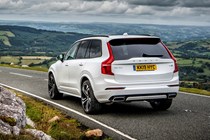
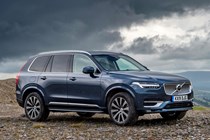
.jpg)
.jpg)

.jpg)
.jpg)
.jpg)
.jpg)
.jpg)
.jpg)
.jpg)
.jpg)
.jpg)
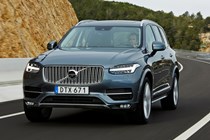
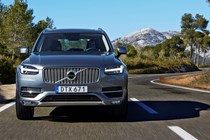
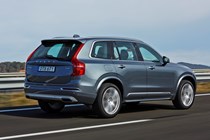
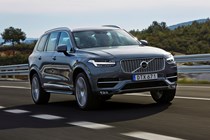
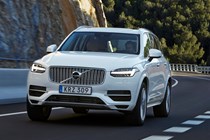
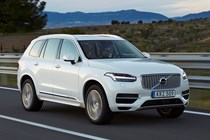
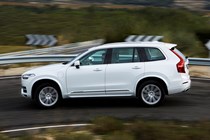
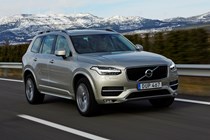
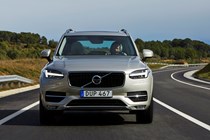
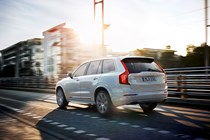
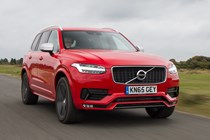
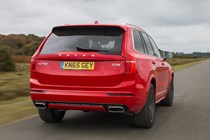
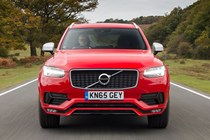

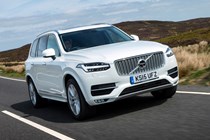
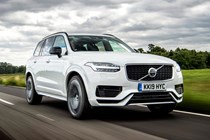
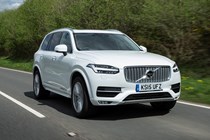
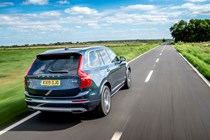
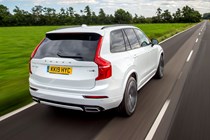
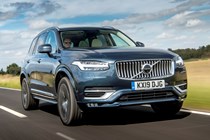
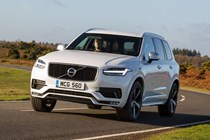
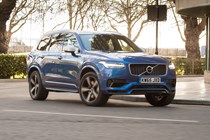
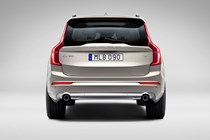
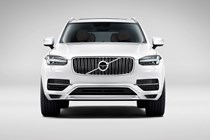
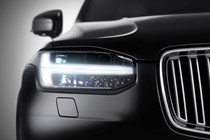
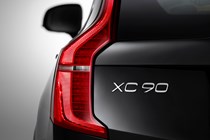
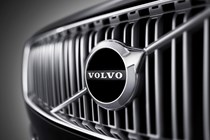

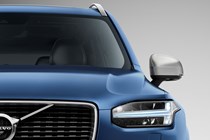
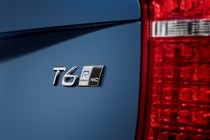
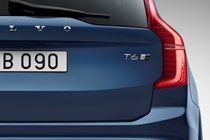
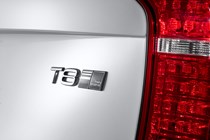
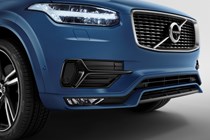
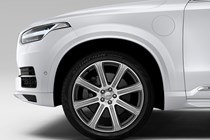
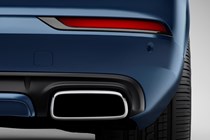
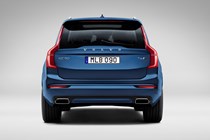
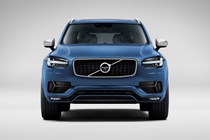
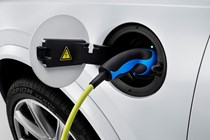
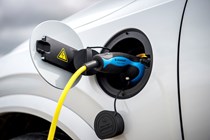
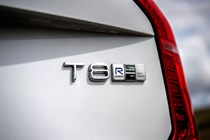
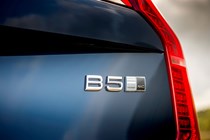
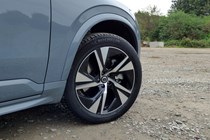
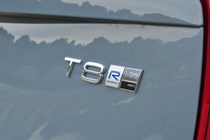
.jpg)
.jpg)
.jpg)
.jpg)
.jpg)
.jpg)
.jpg)
.jpg)
.jpg)
.jpg)
.jpg)
.jpg)
.jpg)
.jpg)
.jpg)
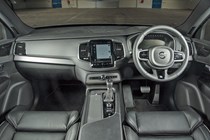
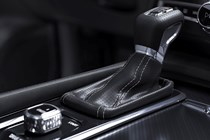
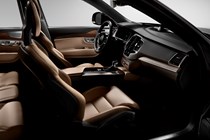
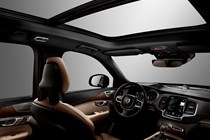
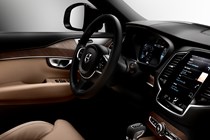
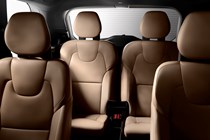
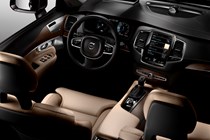
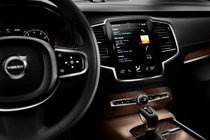
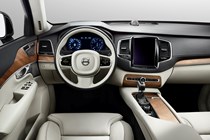
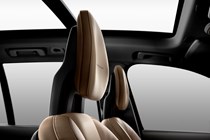
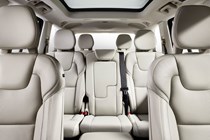
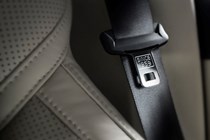

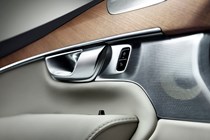
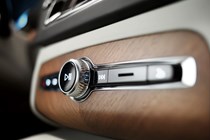
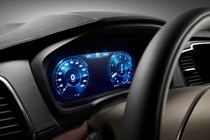
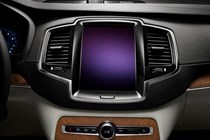
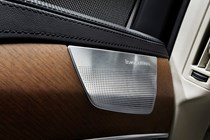
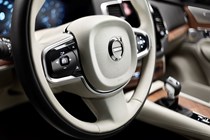
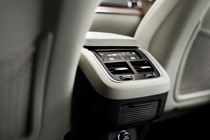
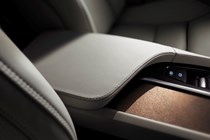
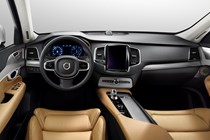
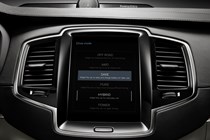
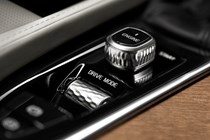
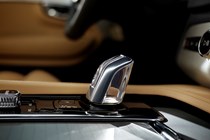
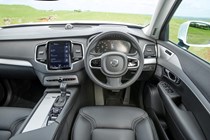
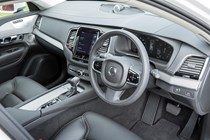

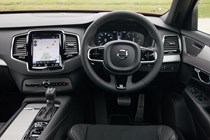
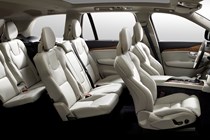

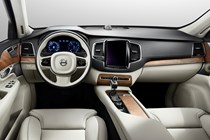
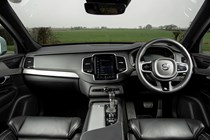
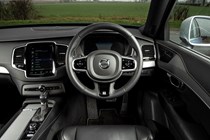
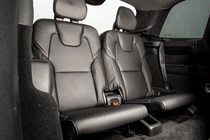
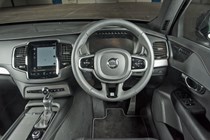
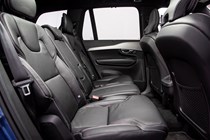
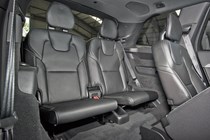
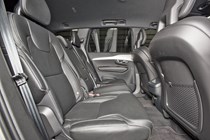
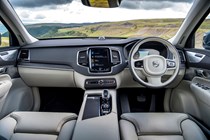
.jpg)
.jpg)
.jpg)
.jpg)
.jpg)
.jpg)
.jpg)
.jpg)
.jpg)
.jpg)
.jpg)
.jpg)
.jpg)
.jpg)
.jpg)
.jpg)
.jpg)
.jpg)
.jpg)
.jpg)
.jpg)
.jpg)
.jpg)
.jpg)
.jpg)
.jpg)
.jpg)
.jpg)
.jpg)
.jpg)
.jpg)
.jpg)
.jpg)
.jpg)
.jpg)
.jpg)
.jpg)
.jpg)
.jpg)
.jpg)
.jpg)
.jpg)
.jpg)
.jpg)
.jpg)
.jpg)
.jpg)
.jpg)
.jpg)
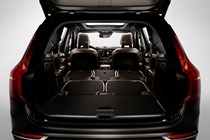
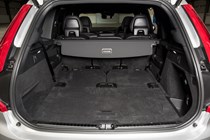
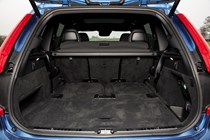
.jpg)
.jpg)
.jpg)
.jpg)
.jpg)
.jpg)
.jpg)
.jpg)
.jpg)
.jpg)
.jpg)
.jpg)
.jpg)
.jpg)



























.jpg?quality=50)
.jpg?quality=50)

.jpg?quality=50)
.jpg?quality=50)
.jpg?quality=50)
.jpg?quality=50)
.jpg?quality=50)
.jpg?quality=50)
.jpg?quality=50)
.jpg?quality=50)
.jpg?quality=50)











































.jpg?quality=50)
.jpg?quality=50)
.jpg?quality=50)
.jpg?quality=50)
.jpg?quality=50)
.jpg?quality=50)
.jpg?quality=50)
.jpg?quality=50)
.jpg?quality=50)
.jpg?quality=50)
.jpg?quality=50)
.jpg?quality=50)
.jpg?quality=50)
.jpg?quality=50)
.jpg?quality=50)








































.jpg?quality=50)
.jpg?quality=50)
.jpg?quality=50)
.jpg?quality=50)
.jpg?quality=50)
.jpg?quality=50)
.jpg?quality=50)
.jpg?quality=50)
.jpg?quality=50)
.jpg?quality=50)
.jpg?quality=50)
.jpg?quality=50)
.jpg?quality=50)
.jpg?quality=50)
.jpg?quality=50)
.jpg?quality=50)
.jpg?quality=50)
.jpg?quality=50)
.jpg?quality=50)
.jpg?quality=50)
.jpg?quality=50)
.jpg?quality=50)
.jpg?quality=50)
.jpg?quality=50)
.jpg?quality=50)
.jpg?quality=50)
.jpg?quality=50)
.jpg?quality=50)
.jpg?quality=50)
.jpg?quality=50)
.jpg?quality=50)
.jpg?quality=50)
.jpg?quality=50)
.jpg?quality=50)
.jpg?quality=50)
.jpg?quality=50)
.jpg?quality=50)
.jpg?quality=50)
.jpg?quality=50)
.jpg?quality=50)
.jpg?quality=50)
.jpg?quality=50)
.jpg?quality=50)
.jpg?quality=50)
.jpg?quality=50)
.jpg?quality=50)
.jpg?quality=50)
.jpg?quality=50)
.jpg?quality=50)



.jpg?quality=50)
.jpg?quality=50)
.jpg?quality=50)
.jpg?quality=50)
.jpg?quality=50)
.jpg?quality=50)
.jpg?quality=50)
.jpg?quality=50)
.jpg?quality=50)
.jpg?quality=50)
.jpg?quality=50)
.jpg?quality=50)
.jpg?quality=50)
.jpg?quality=50)